Scribble Artist Interview with ShaoLan Hseuh!
Scribble Town (ST): Here with us on the Scribble Blog is ShaoLan Hseuh! ShaoLan’s creativity and energy to build Chineasy is extraordinary. Let’s hear her story!
ShaoLan Hseuh (SH): Hi, my name is ShaoLan Hseuh and I am an entrepreneur, investor, writer, traveler and dreamer! I am also the creator and founder of Chineasy, a Chinese language methodology that will help you learn to read what many consider to be one of the hardest languages in the world to learn! Chinese!
ST: Where are you and what are you up to these days? What does a day with ShaoLan look like?
SH: At the moment every living breathing moment is spent either working on Chineasy or with my family. With Chineasy’s Kickstarter campaign now over (having successfully raised nearly £200,000) I am now working on the hard part – fulfilling the delivery of all of the gifts I promised!
A day with me: I am a very early riser (you have to be or there just isn’t enough time in the day!), I am very into exercise and eating well and if I am not weight lifting or drinking chilled green tea then I am either with the members of my Chineasy team of my children – when they aren’t at school of course!
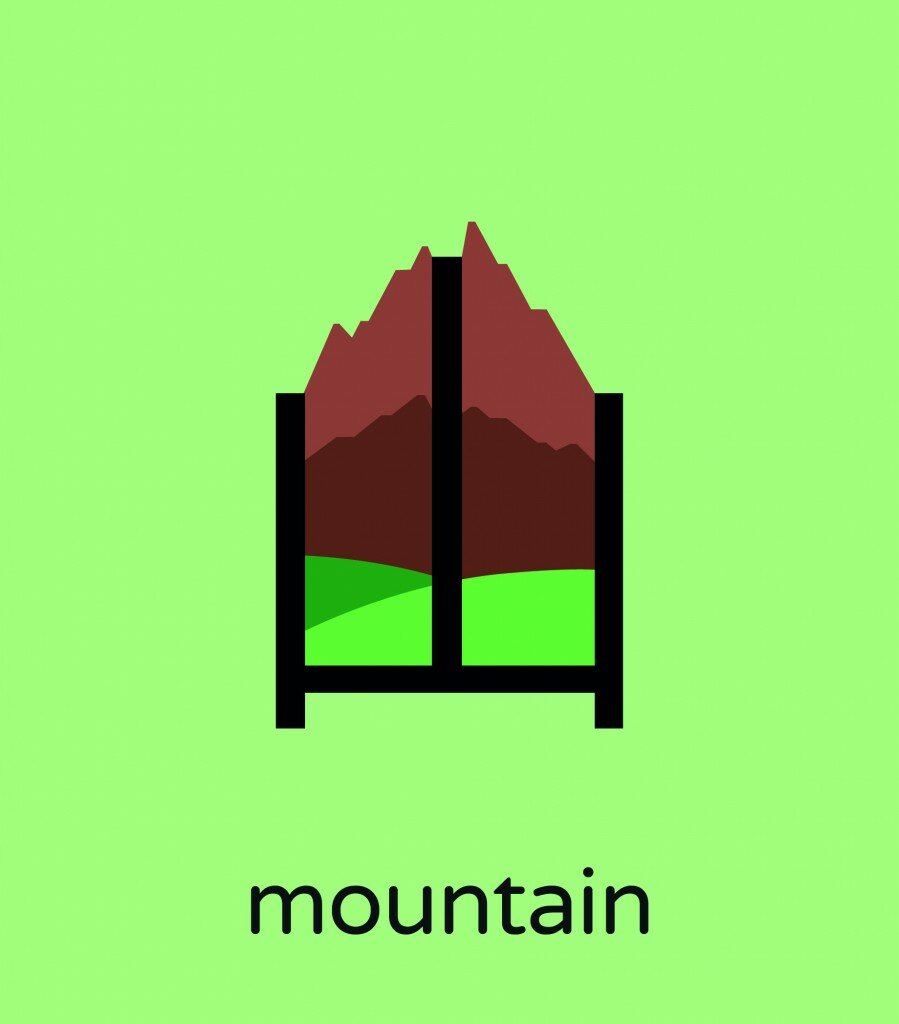
Chineasy Mountain
ST: What is Chineasy? How did the idea for this new endeavor begin, which is so different from your past experiences?
SH: The Chinese language has long been considered the most difficult major language to learn, largely on account of the vast number and complexity of its characters. Being a Taiwanese native now living in London, this is a fact I am acutely aware of. When I began to teach my British born children Chinese, I realized just how difficult Chinese characters are for a native English speaker to learn. It was like torture for my kids! So I spent many years looking for a fun and easy way to teach them how to read Chinese. After years of searching, I realized that none of the methods out there were engaging or efficient enough. So I created my own!
Chineasy’s goal is to allow people to learn to read Chinese easily by recognizing characters through simple illustrations, but also to bridge the gap between East and West. As the best way to understand a culture is to start with its language.
Chineasy works on a simple building block principal. When you know a few key base characters (or building blocks) you can start combining them to create more complex words (compounds) which, when combined, allow you to create simple phrases and stories. It’s that easy!
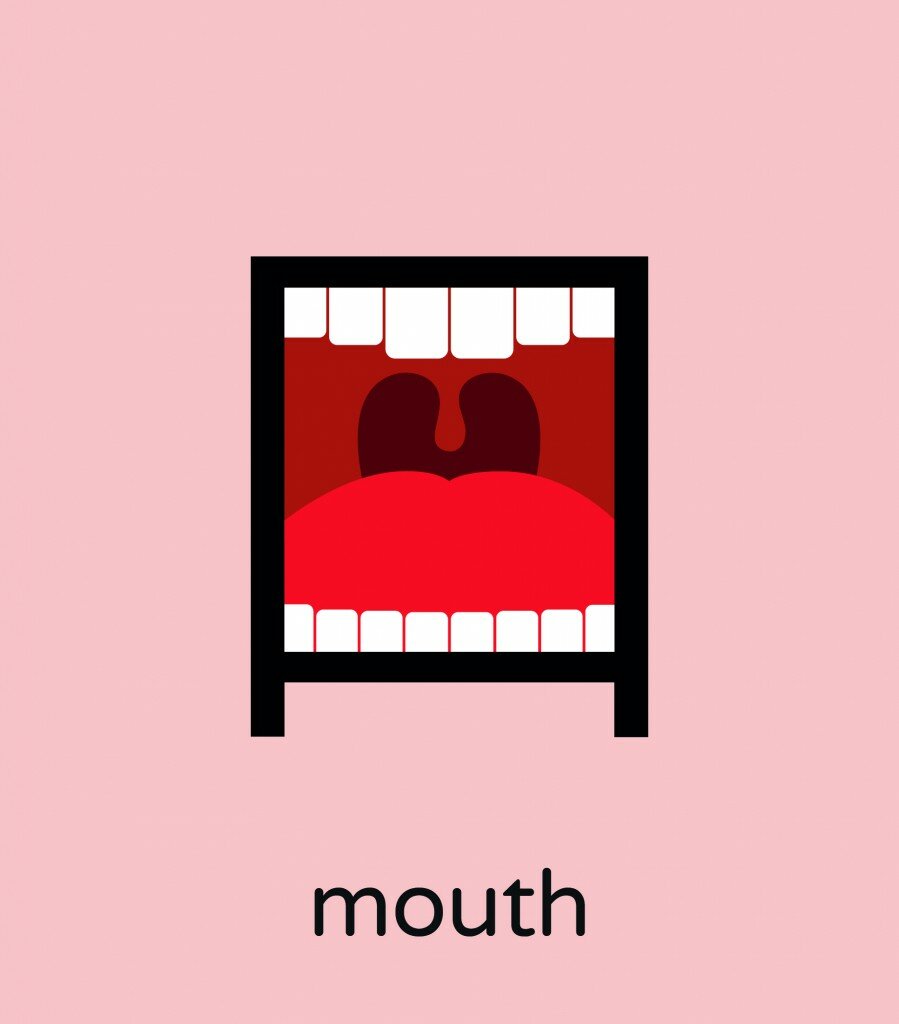
Chineasy Mouth
ST: From what I have read online, you wear many hats and have accomplished so much across many fields. Please let us know about this adventure you are on. How did you go from Taiwan to London?
SH: It was a very long adventure and it is one I still haven’t finished! As I child I was raised by two very artistic parents and, like most children, chose to study something as far removed from my parent’s interests as possible! As an MBA student in Taiwan I published a series of best selling software books, which were awarded ‘book of the year’. Using the royalties earned from their sale I founded my first software venture pAsia in 1995, which I grew from a team of 2 to a team of 250 by 2001. After moving to London in 2002, I began investing in and advising young technology companies through Caravel Capital, which I founded whilst studying at the University of Cambridge. Following a sabbatical in which I traveled the world I came back to London and decided to try my hand at something new. Today, I am still highly active in assisting young businesses, but I have also expanded to the mentoring and support of education, arts and culture (I am on the Business Advisory Council of Business School in Oxford University and Development Advisory Board of Victoria and Albert Museum). As a social venture, Chineasy is the culmination of both my entrepreneurial experience and my artistic childhood.

Chineasy Fire
ST: Was there somebody that encouraged you to be creative and business savvy? Also, how do you collaborate with the designers of Chineasy?
SH: Although everyone could be creative, having right environment is crucial. Everyone could be ‘trained’ being a savvy business person, but having good intuitive and constructive environment certainly helps. I happened to grow up in an artist family and loving arts throughout my life. I was also lucky enough to work with world class business leaders and global thought leaders. I am inspired by many people through out my journey. Many of them became my life long friends and consistently encouraged me to be ‘myself’. Being yourself and knowing what your ‘calling’ is helps you to have the vision beyond what people normally see in their ‘career’.
Originally I planed for Chineasy to be a purely personal project for my children and friends, but when I was invited to talk at TED, I started asking several illustrators to implement my creation. One day I chatted my friend Crispin Jameson, who is the director of an agency in London called Brave New World [BNW] and he recommended Noma Bar. This was how I started working with various parties in addition to Chineasy team.
ST: When you develop an illustration what is your creative process like? What is your process for getting work out of your head and what are some favorite tools you like to use to create? I especially love your color choices and the relationship between the image and character is so clear! I wish I had these when I was learning Mandarin!
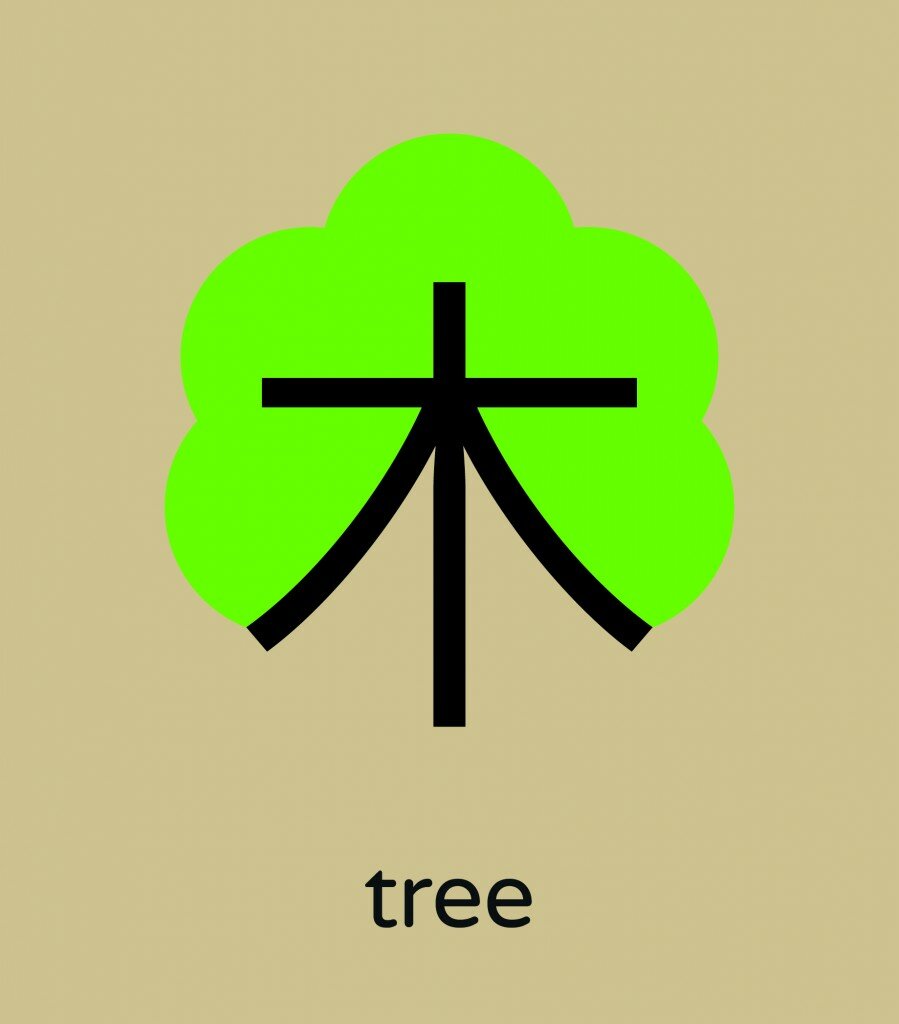
Chineasy Tree
SH: The truth is it is a long and thought out process, these illustrations are much more than pretty pictures – as our three designers will tell you! Each character we create has to follow the same three guidelines: they have to look stunning, be stylistically consistent with what we have produced before and, most importantly, they have to be educationally effective.
Traditionally ancient Chinese was mainly Pictographic (the symbols were drawings of what they represented) yet over the past thousands of years, many of those pictographs have morphed into very different shapes from their original forms. Instead of trying to reproduce all of the historical links I use a totally refreshing approach to interoperate pictographs, as our illustrations have to be something westerners can associate therefore easier for them to remember.
Before we even start designing our team (which is made up primarily of myself, my two in-house designers, my project manager & research assistant) researches the definition, origin and history of the character. We then move on to the applications (for example, how to build more characters and phrases) and finally we consider how to make stories out of them. After this research our designers create their different interpretations of the character. We always have several versions and numerous drawings for each. Between us we then discuss, debate and bounce ideas back and forth. When we come across a challenge (which happens with nearly all of them), we discuss, sleep on it and play around with different combinations of colours, or designs.
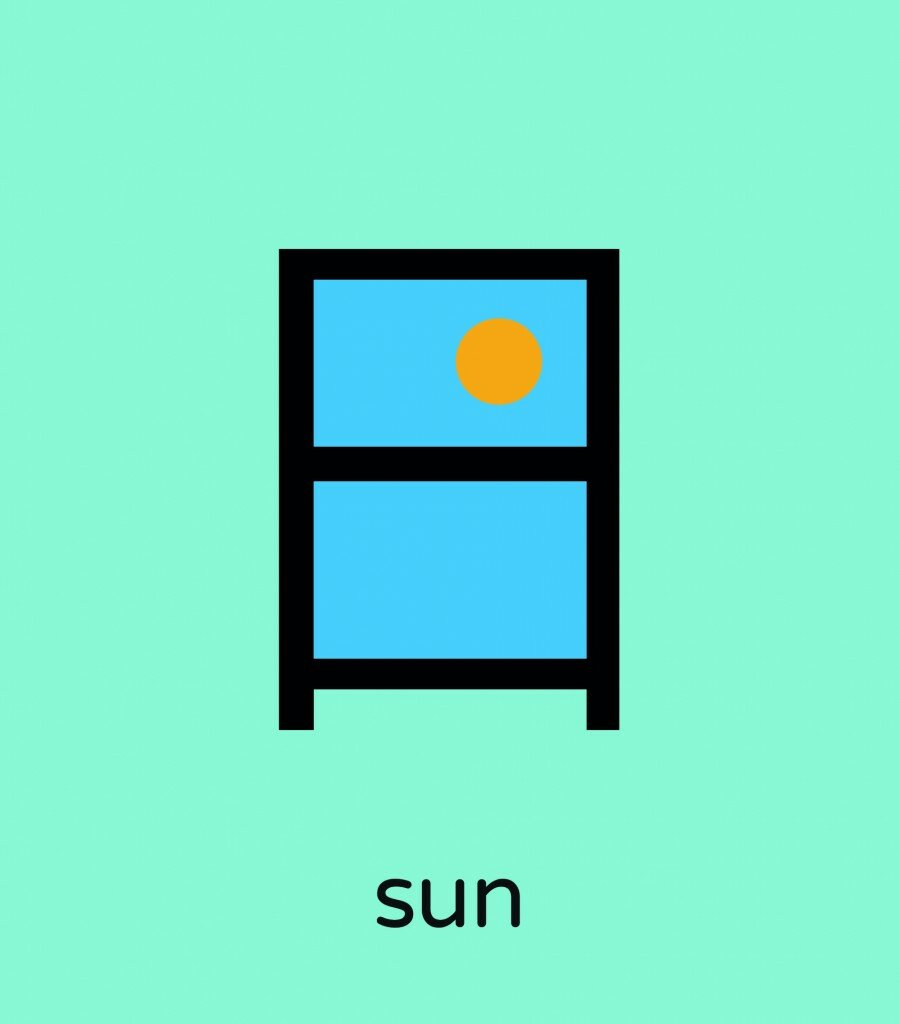
Chineasy Sun
Finally, whenever a new illustration is created, I show them to my children. If they can guess the answer immediately, I know we’ve got it right. If they struggle, we go back to the studio and do it all over again
ST: When you create a new Chineasy illustration do you take into consideration not only symbolic representations in Chinese characters, but also tonal sounds?
SH: Chineasy was started as a tool to teach my children how to read Chinese, not to speak, and so the illustrations are meant to act as a memory tool in literature not for sound. I am plotting a new method to teach people how to speak, which will be my primary project next Watch this space, soon I will be able to teach you to speak as well as write.
ST: What are some other hobbies or interests you like?
SH: Unsurprisingly, for someone who has done so many different things, I have a lot of hobbies! I like to keep busy and I believe that health is incredibly important! I spend a lot of time doing sports: skiing, swimming, weights, rock climbing. I love music and performing arts. This summer I did some painting class with my children. I would also love to teach them how to do calligraphy one day, just like the way my mother taught me. Everything. I am also very interested in Eastern medicine and spent some times studying acupuncture (that’s when you use needles to cure ailments, you can end up looking like a pin cushion). I am also a very big traveller and believe that you should experience the world through your own eyes if you can – not through foreign press
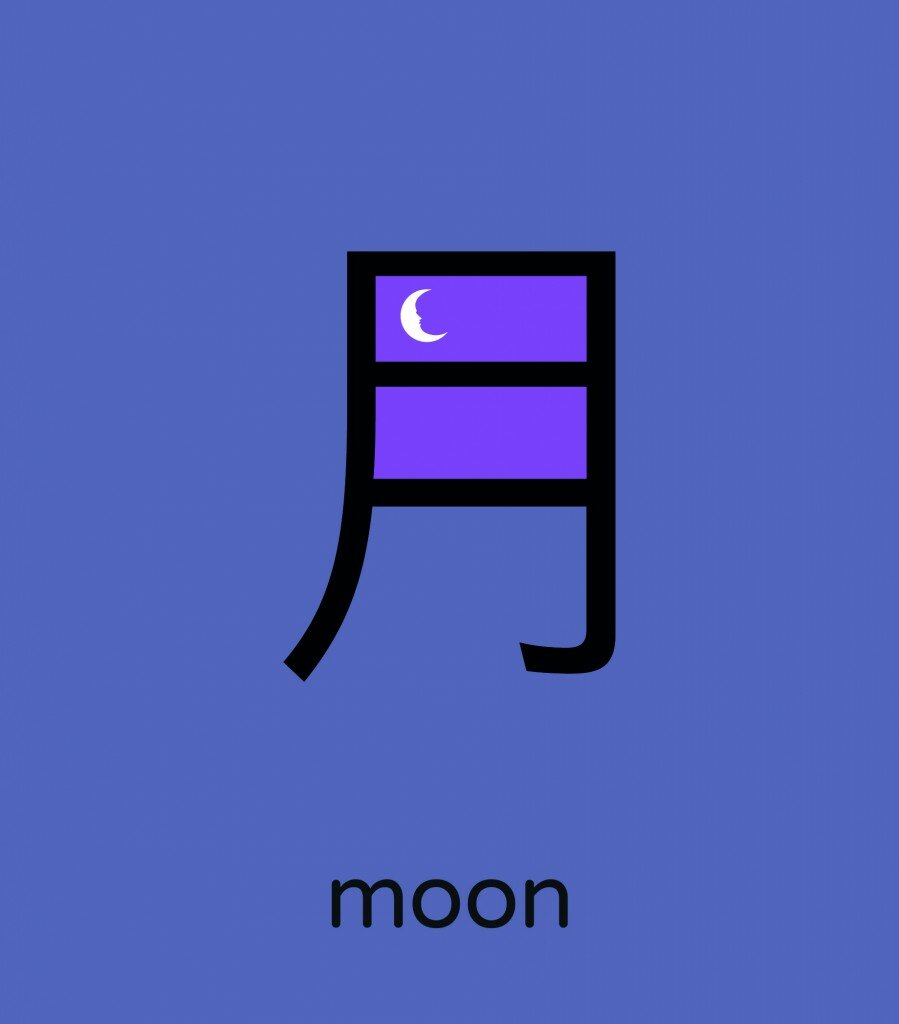
Chineasy Moon
ST: How can we start using Chineasy?
SH: Its easy to become a Chineasy user. At the moment I update a Chineasy facebook page daily and already have a thriving community who seem to pick up every character I teach – it is very heartening! I also have a website (chineasy.org) which anyone can access free of charge, as well as my newsletter which goes out to the community once a week! Now that our Kickstarter campaign has been successful I am also happy to announce that I will be having a beautiful, and educational, book published in Janurary 2014. This book will be available in both e and print formats. We are also going to produce loads of learning tools, such as flashcards and computer screensavers!
Chineasy is a gateway into the language, it is meant to help people who wish to learn, but who have always been thrown by the languages complexity. My children have learned at least 300 characters using this method and that is without vigorous lessons.
ST: I’m ready to start learning Chinese with Chineasy! Thanks ShaoLan! http://www.chineasy.org
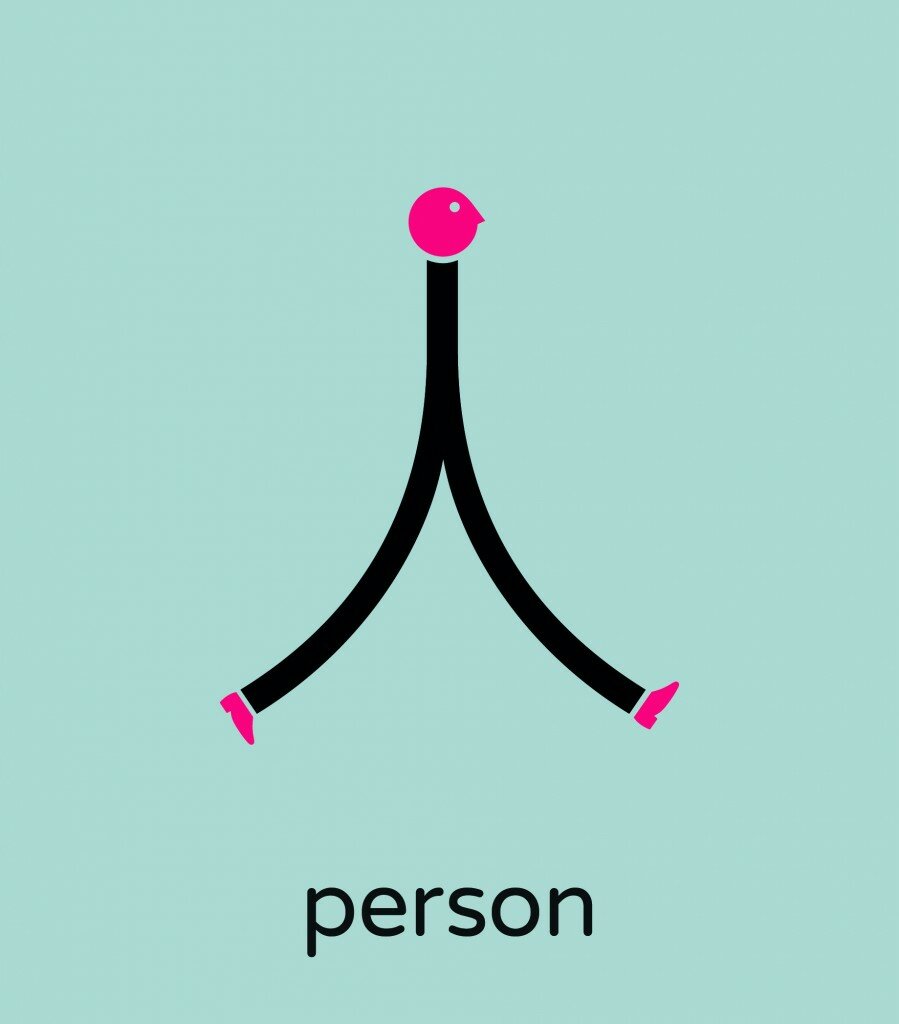
Chineasy Person
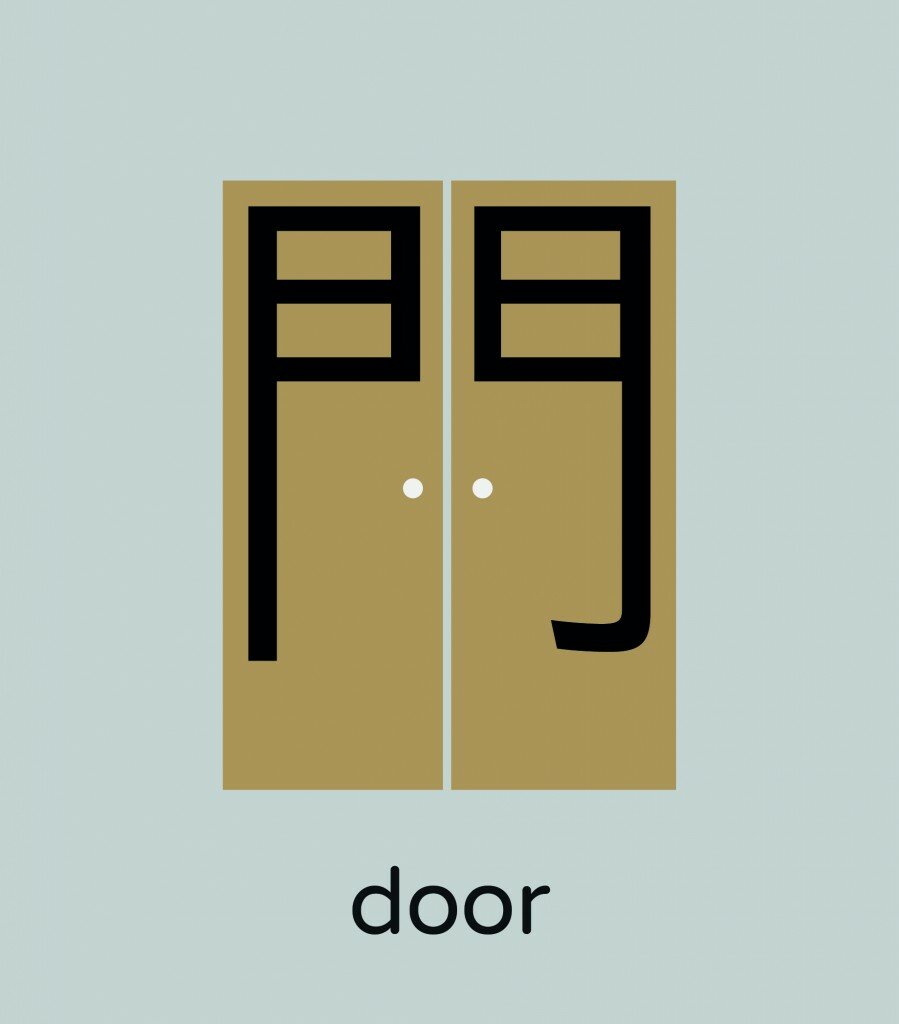
Chineasy Door

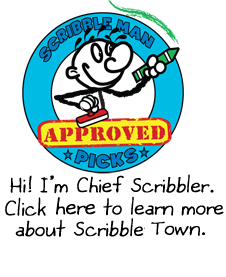
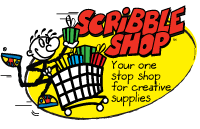



This is great!!! I love the design and it connects the character to the meaning so clearly!
Comment by rena on September 10, 2013 at 7:46 pm
Lovely, brilliant, creative!!! Learning a very difficult language broken down so beautifully. Best success with Chineasy!!!
Comment by Andi on September 11, 2013 at 9:03 am